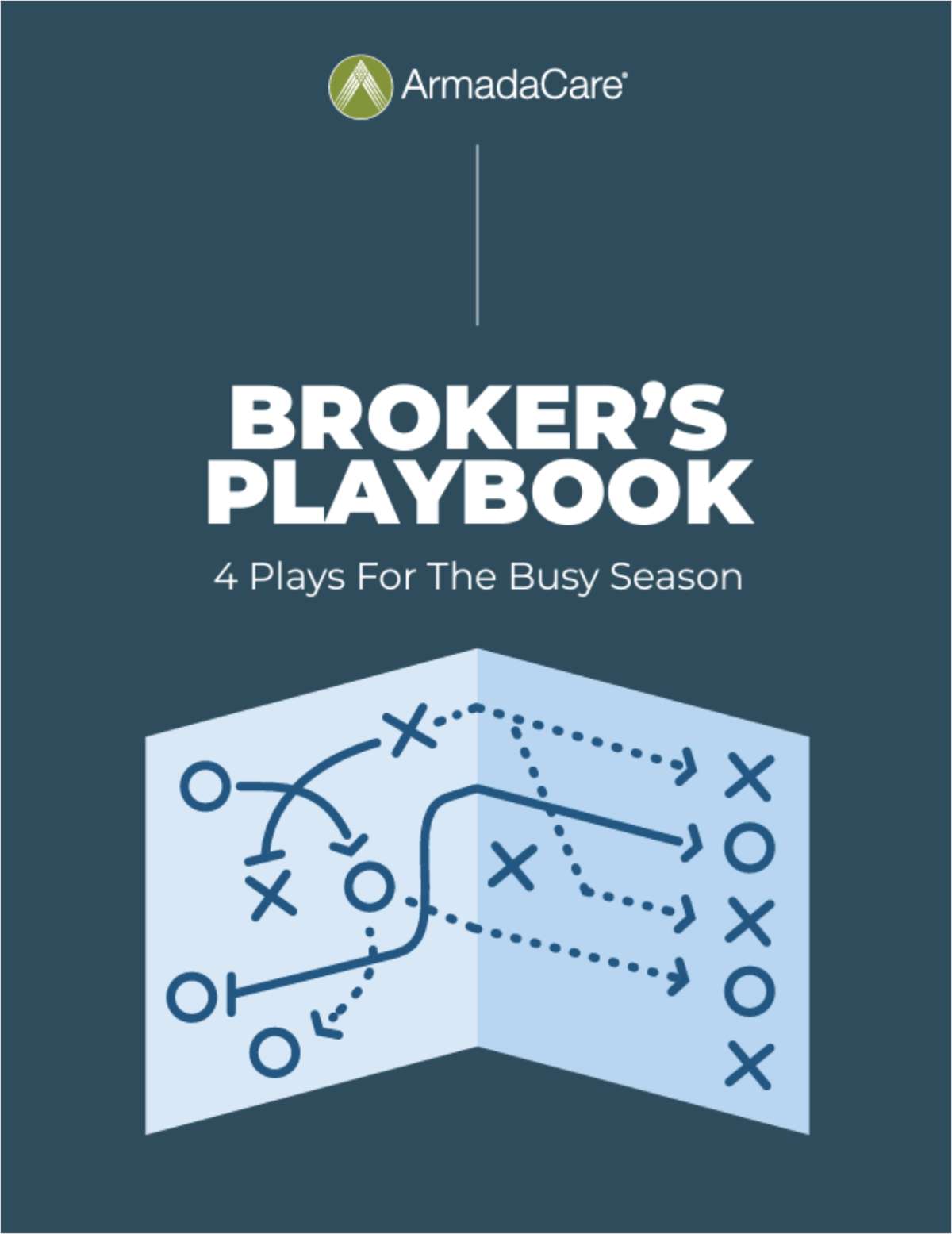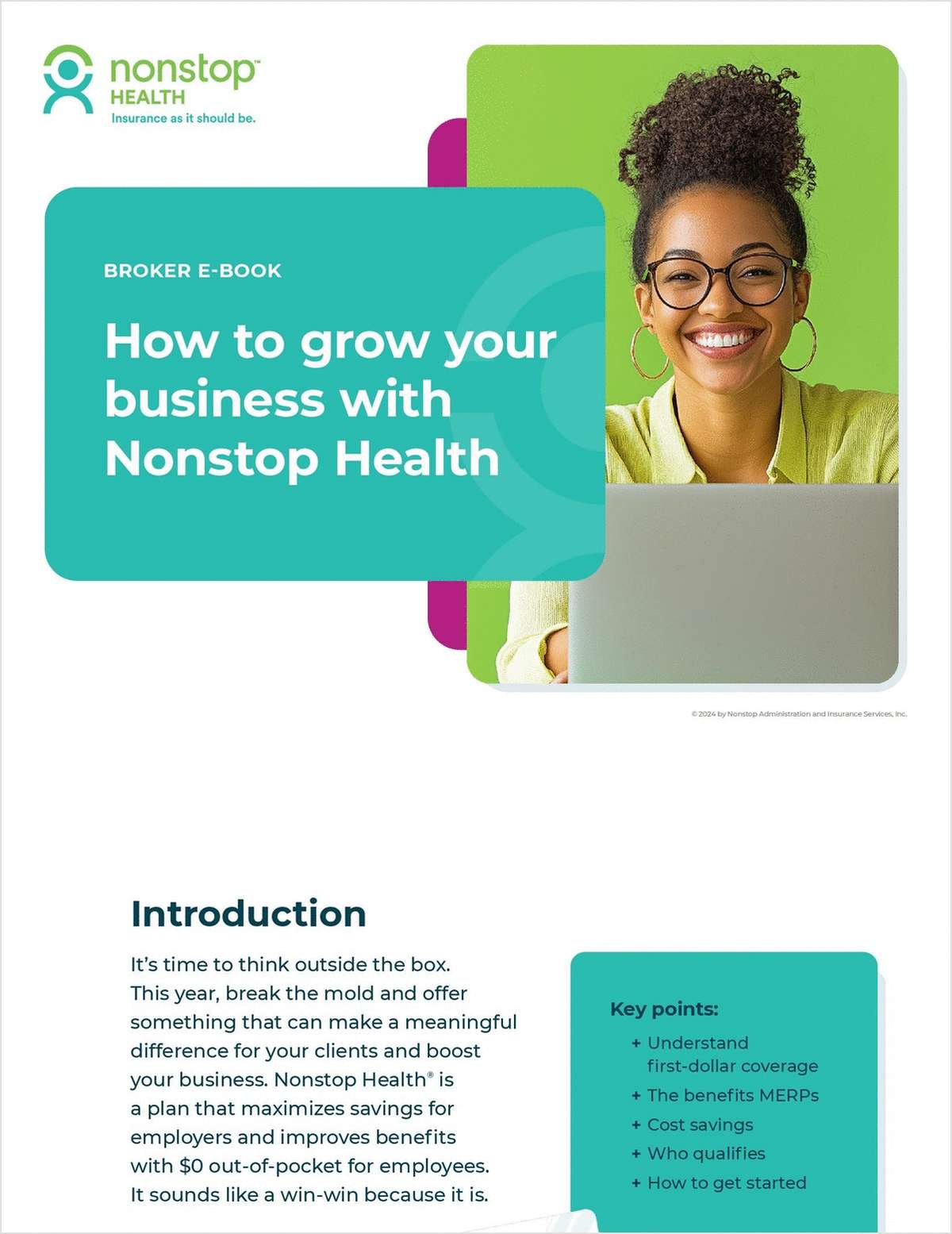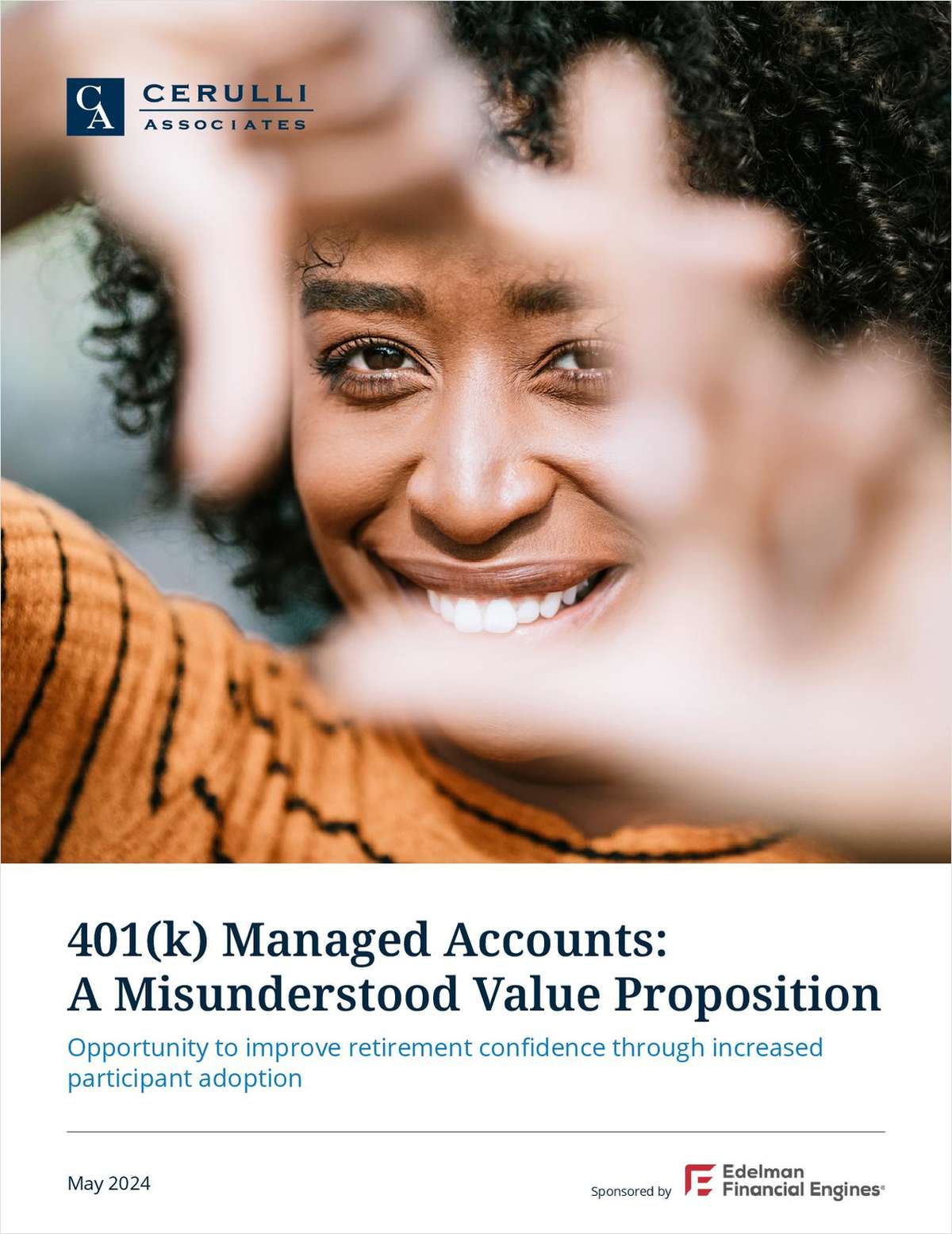Last fall, the Nobel Prize in Economics was awarded to professor Richard Thaler for his work in the field of behavioral economics. His most accessible writings on this subject are "Nudge" and "Misbehaving." Because the voluntary-enrollment process involves helping people make good decisions in a short period of time, all of us involved in enrollment are becoming behavioral economists. In honor of Thaler, the next few columns will focus on bringing behavioral science into enrollment.
Let's consider how we can shape or—to use Thaler's term—nudge prospects into voluntary participation. We'll consider six principles to help people make good decisions.
1. Reducing choice overload: We constantly look for ways to simplify choices during enrollment. At times, employers allow us to limit product selections, phasing in additional products over the year instead of all at once. This is ideal, but employers prefer offering all products on their benefit administration platform. Keep choices simple by recommending packages of products based on demographics, combined with answers to a handful of qualifying questions.
Continue Reading for Free
Register and gain access to:
- Breaking benefits news and analysis, on-site and via our newsletters and custom alerts
- Educational webcasts, white papers, and ebooks from industry thought leaders
- Critical converage of the property casualty insurance and financial advisory markets on our other ALM sites, PropertyCasualty360 and ThinkAdvisor
Already have an account? Sign In Now
© 2024 ALM Global, LLC, All Rights Reserved. Request academic re-use from www.copyright.com. All other uses, submit a request to [email protected]. For more information visit Asset & Logo Licensing.








